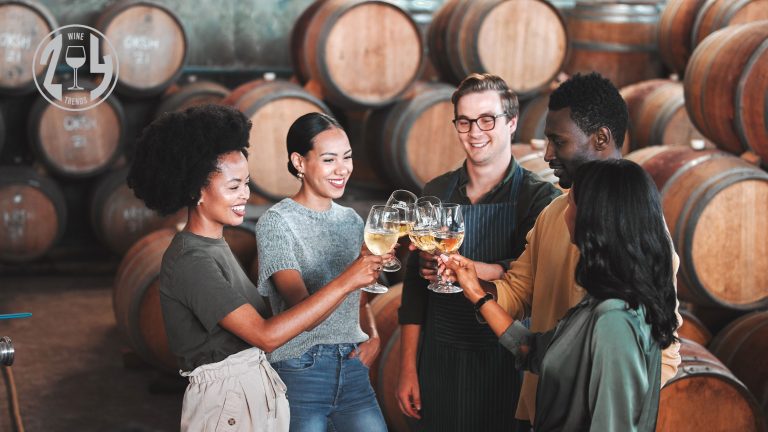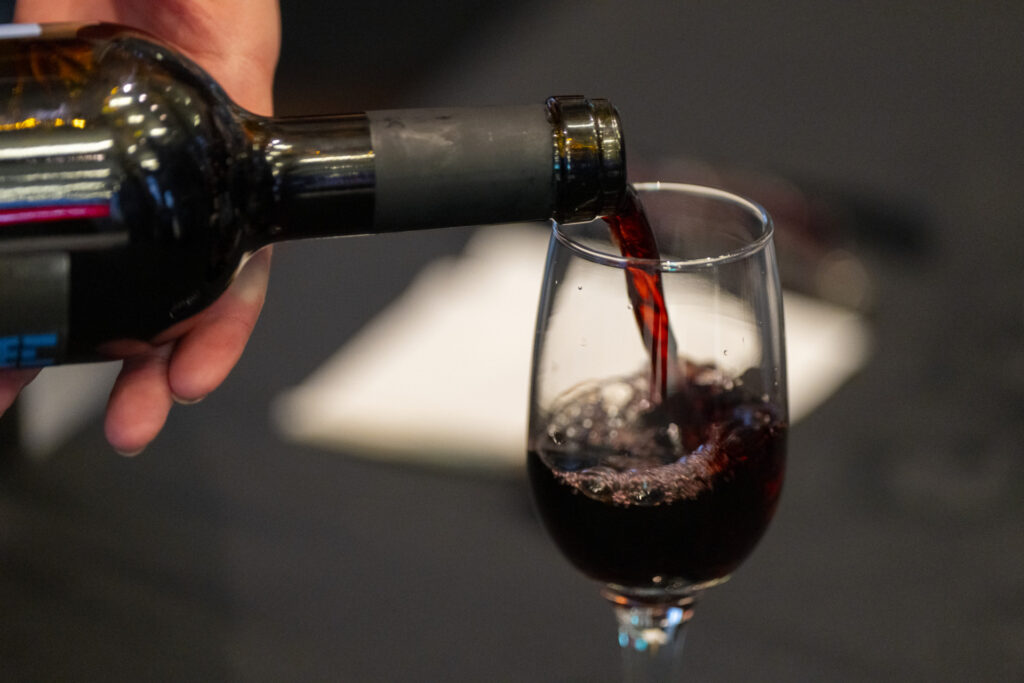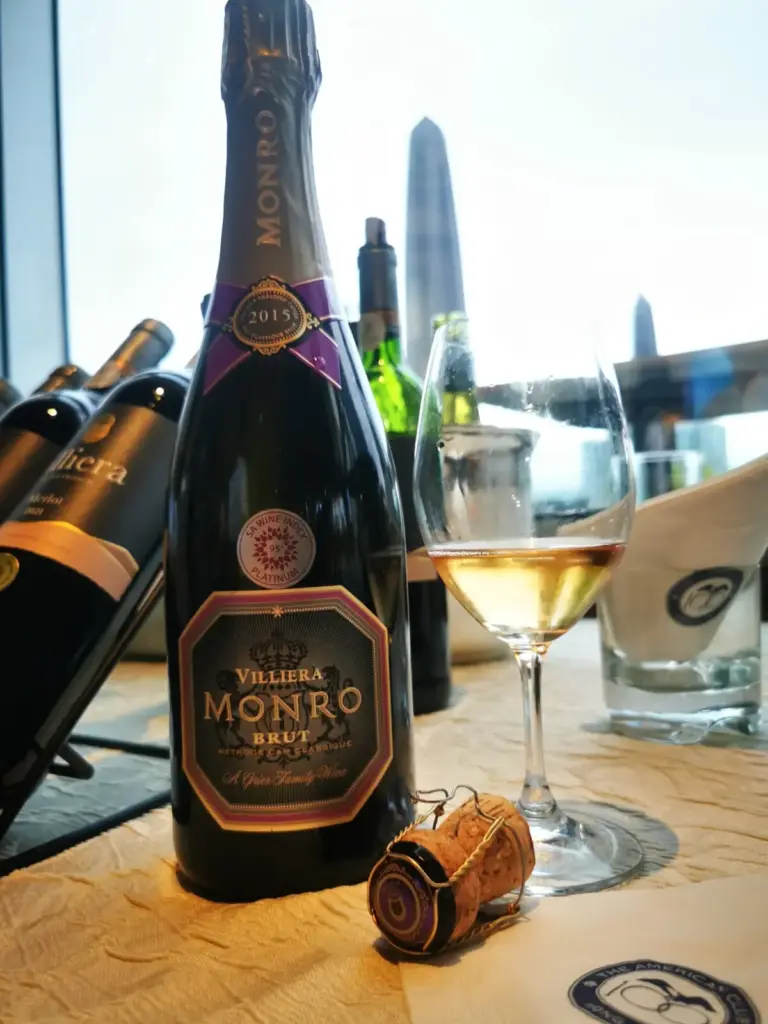Fed up with a dining experience that spans four to five hours and eight to 12 itsy-bitsy courses?
Feel like everything is just way too much – too expensive, tedious, gimmicky, scientific, technical, pretentious, elitist, fake …?
Do you think that the fun has gone from fine dining?
You’re not alone. It appears that the days are numbered for avant-garde gourmet movements and overly formal fine dining restaurants.
Creating a convivial atmosphere that fosters socialising and invites diners to interact, such as communal table arrangements and dishes that can be enjoyed on a sharing basis, will have an emotional resonance with the dinners.
So, what’s on the horizon?
According to my experience traveling around the world almost on weekly basis, I have done my ground research and pulled together what I believe will be the future of fine dining:
Ten things I believe will shape fine dining experiences vision of the future.

1. Originality, authenticity, honesty, and value
It is all about top-notch ingredients in its purest form that diners can trust, dishes that have a clear connection to the original product.
So, goodbye to preservatives, wild chemical food experiments and designer-clad service staff and say hello to real value and taste!
2. Sustainability, locally grown and seasonal ingredients
Top-notch dining experiences are already using as much as possible locally grown ingredients that are in season, at their peak freshness – not manipulated or chemically treated.
Chefs, farmers, and food producers will work and collaborate even closer to guarantee the highest quality and sustainability that consumers demand.

3. Playful twist and positivity
Who decided that fine dining had to be stiff and formal?
There’s hope on the horizon, as humour, wit and storytelling will feature heavily in the overall dining experience.
Today’s diners are looking for positivity, lightness, and ease.
4. Simplicity and health
These will be the key buzz words of the future: food will be pared back, delicious, nutritious and well executed, offering a balanced and enjoyable dining experience.
5. Interaction
This is a key requirement for a growing number of diners who are wanting much more from their dining experience. Look to connect them with the people behind the scenes (the chefs, artisans, farmers, experts, …), involve them by detailing the story behind the dishes, share knowledge and skills and let diners participate in a dialogue about the importance of food.
6. Multi-sensory experience
When was the last time you truly experienced a multi-sensory meal that involved all senses – sight, sound, touch, smell and taste?
Experimentation is central to the future of fine dining.
Think theatrical technology such as e.g. scent or wall projectors to provide the ideal context for each dish thereby triggering emotions, memories and associations. Involving all of the senses will add intrigue and excitement – not to mention profit!
7. Diversity and casual attitude
Restaurateurs will soon operate far more like event producers embracing a casual attitude and combining relaxing dining environments with high quality ingredients and service. The trend of ad hoc, flexible dining and one-off events such as pop-up restaurant experiences will grow ever stronger.

8. Human connection
As you know – we are passionate about businesses being more human focused. We also believe that restaurants of the future will do so too. Creating a convivial atmosphere that fosters socialising and invites diners to interact, such as communal table arrangements and dishes that can be enjoyed on a sharing basis will have an emotional resonance with the dinners.
9. Focus on talent retention and improved working conditions
The future is all about developing and retaining talent in the restaurants , offering improved working conditions and appreciation as well as co-creation. Better-trained and happier service staff will deliver the highest levels of service.
10. Service, service, service… and don’t forget the details!
It is and always will be about the service and paying attention to the details.
Only through an intimate service – delivering that crucial sense of emotional authenticity diners feel the sense of being taken care of with genuine warmth.
Attention to detail, such as a surprising wine list, exquisite cutlery and tactile chinaware will be one of the main differentiators in an over-crowded market.
The unexpected move comes amid growing awareness of the immense stresses and strains – financial and human – of running an ultra-fine-dining restaurant, highlighted by recent films and series such as Boiling Point, The Menu and The Bear.
Worldwide Food critics, too, have begun to question the model, which Frank Bruni, the New York Times’ former restaurant writer, described as “forever trying to dazzle self-regarding epicures with new stunts, novel sensations, modes of presentation we hadn’t imagined, flora and fauna rarely pinned down on a plate”.
Had the world’s leading establishments, Bruni wondered, gone so far beyond “the fundamentals of dining … that they’ve ceased to be restaurants in any conventional and sustainable sense?
Are they performing such a rococo act, for such a rarefied audience, that they’re on borrowed time?”
Let’s think about 2023 dining trends
Here are a few of the latest trends in fine dining kitchens that are sure to leave an impression on diners.
FARM-TO-TABLE CUISINE
With consumers becoming increasingly interested in where their food comes from, many fine dining restaurants are now sourcing their ingredients directly from local farms. This not only provides diners with fresh and seasonal ingredients, but it also supports local agriculture and promotes sustainable practices.
SUSTAINABILITY AND ZERO WASTE
Sustainability has become a top priority for many fine dining kitchens, and they are taking steps to minimize their impact on the environment. This includes reducing food waste by using every part of an ingredient, composting, and using biodegradable packaging.
Plant-based eating is becoming increasingly popular, and fine dining kitchens are responding by creating innovative and flavourful plant-based dishes. From colourful vegetable dishes to plant-based protein options, chefs are showcasing the versatility and deliciousness of plant-based ingredients.
CRAFT COCKTAILS
Craft cocktails are becoming increasingly popular in fine dining kitchens, with mixologists creating unique and imaginative drinks to complement the food. From artisanal syrups and bitters to unusual ingredients, fine dining bars are now an integral part of the dining experience, instead of those conventional single or blended grape varieties wine pairing recommendations.
WARAPPING UP…
In conclusion, the fine dining kitchen is always evolving and adapting to new trends and techniques. Whether it’s through farm-to-table cuisine, sustainability practices, or innovative cooking styles, chefs are constantly pushing the boundaries of what is possible in the kitchen.
These trends provide diners with a unique and memorable dining experience, and they help to keep the fine dining industry at the forefront of the culinary world.
Who to trust for dining experiences references
Food of Wine critics play a vital role in the culinary world, determining the success or failure of restaurants with their unparalleled expertise and discerning taste buds.
These knowledgeable individuals are renowned for their ability to dissect a dish or wine , evaluate the nuances of flavours, and provide valuable insights to both chefs . sommeliers and diners. While their opinions can make or break a restaurant’s reputation, there is much more to food or wine critics than meets the eye. Herewith I delve into the intriguing world of food or wine critics and uncover nine fascinating facts about these discerning connoisseurs. From their anonymous personas to their love for exploring diverse cuisines or wines , these facts shed light on the profession of food or wine criticism and the personalities behind the reviews. So, let’s embark on a culinary adventure and discover the untold stories of food critics.
Recently specially in Asia large numbers of food critics, food magazines and rating institutions fluorescent in our dining selection references . I personally found some without solid knowledge and professionalism foundations such as ;
- Each country Food Culture knowledge;
- Multi-culture and categories Dining Experiences ;
- Original produces / ingredients and quality knowledge ( Flavours, Texture, Seasons … ) ;
- Rating skills / method / Criteria ( one strange example … “In Best 50’s … One year the restaurant can be awarded World or Asia No. 1 … year follow the same restaurant drop to Best 15…”) ;
- Chefs Creativity, Chefs cooking skills, Chefs mastering of flavours, Food consistency ;
- Restaurant identity, Chef Identity / Personality knowledge.
Thinking seriously only one global, institution in my point of view that has the requested credible and consistence. This is Michelin Guide, which It all started in Clermont-Ferrand (a small French town) in 1889, when brothers Andre and Edouard Michelin founded their world-famous tyre company, fuelled by a grand vision for France’s automobile industry at a time when there were fewer than 3,000 cars in the country.
To help motorists develop their trips – thereby boosting car and tyre sales and in turn – the Michelin brothers produced a small red guide filled with handy information for travellers, such as maps, information on how to change a tyre, where to fill up with fuel, and for the traveller in search of respite from the adventures of the day.
For two decades, all that information came at no cost. Until a fateful encounter that remains a favourite anecdote repeated today, when Andre Michelin arrived at a tyre shop to see his beloved guides being used to prop up a workbench. Based on the principle that “man only truly respects what he pays for”, a brand-new MICHELIN Guide was launched in 1920 and sold for seven francs.
For the first time in the 1920s, it included a list of hotels in Paris, lists of restaurants according to specific categories, as well as the abandonment of paid-for advertisements in the guide.
Acknowledging the growing influence of the guide’s restaurant section, the Michelin brothers also recruited a team of mystery diners – or restaurant inspectors, as we better know them today – to visit and review restaurants anonymously.
In 1926, the guide began to award stars to fine dining establishments, initially marking them only with a single star. Five years later, a hierarchy of zero, one, two, and three stars was introduced, and in 1936, the criteria for the starred rankings were published.
Today, the remarkable foresight of the founding Michelin brothers has given the company a vocation that is as relevant in the 21st century as it was in 1900 – namely, to make driving, tourism and the search for unforgettable experiences available to all.
Michelin Guide Inspector’s 5 Restaurant Rating Criteria:
- Quality of products.
- Mastery of flavour and cooking techniques.
- The personality of the chef represented in the dining experience.
- Harmony of the flavours.
- Consistency between inspectors’ visits.
Michelin Guide Core Values
Food trends and dining technologies may have come and gone, but for over a century, the Michelin Guide has held firm to its founding mission of fostering a culture of travel and eating out, and its promise of helping people make the right choice, based on six core values:
ANONIMITY:
Although Michelin inspectors work for the Michelin guide, they are above all customers like any other, testing restaurants in complete anonymity in order to ensure that they do not receive any special treatment.
INDEPENDENCE:
All Michelin inspectors are employees of the Michelin group, who always pay for their meals in the restaurants they are testing to ensure that they do not receive any special treatment.
EXPERTISE:
Michelin inspectors are also real experts in the catering and hospitality industries, sectors in which many of them have previously worked for minimum 5 years.
RELIABILITY:
The different categories awarded by the guide are never just the result of one person’s judgement; they are formed by a collective decision for each restaurant ( 6 inspections per year process by different inspectors and within different seasons of the year) which is the result of a long process.
PASSION:
What would be the point of so much work and such a strict approach if Michelin inspectors did not enjoy eating?
QUALITY:
Any restaurant can be recommended by our guide as long as its food is of high quality.
How dinners select the restaurants
On my various countries around the world research I found the following Key Findings :
Restaurant dinners are eating out more often and are regularly looking for new places to eat.
Almost half of dinners participants eat out between 1-3 times per week (58%);
While more than half eat out at least once a week (76%).
Restaurant dinners occasionally look for somewhere new to dine (64%) while only a slim percentage stay with the same restaurants (18%).
Restaurant-dinners choose restaurants first and foremost based on type of food and great food can even outweigh a poor customer experience.
The majority (63%) of restaurant dinners say that the type of food would have the biggest impact on their restaurant choice, ranking higher than the other four factors, including location, recommendations from friends, online reviews, and popularity on social media.
Almost three-quarters (70%) agreed that they would re-visit a restaurant that had bad customer service if their food was good.
Restaurant-dinners take recommendations from friends seriously?
- 91% of restaurant-goers had visited a restaurant they’d never been to purely based on a friend’s recommendation, opposed to ;
- 68% who tried based entirely on positive online reviews, and ;
- 41% who tried based entirely on positive feedback on social media.
Almost three-quarters said they would avoid a restaurant if their friend gave them negative feedback.
Most restaurant-dinners regularly look at online reviews to help make new restaurant decisions.
- The majority of participants (68%) said that they had tried a new restaurant based on positive online reviews.
- The only online / annual book review which restaurant-dinners is Michelin Guide ( 72%) , due to its respectful guide lines and consistency inspectors reviews.
Almost half regularly (45%) check online reviews before deciding on a new restaurant.
Millennial restaurant-dinners are more likely to look at reviews when deciding on a new restaurant than others (67%).
Locally sourced food and live music options attract restaurant dinners.
When it comes to food options that attract restaurant dinners, locally sourced food would have an impact on the restaurant choices of almost half of surveyed restaurant-dinners (49%).
For entertainment, live music is a compelling attraction for nearly half of surveyed diners (44%).
Discounts and promotions continue to fill seats.
Old marketing mainstays still fill seats, with 80% of restaurant goers visiting a new restaurant based entirely on receiving a discount or promotion.
Millennials have substantially different habits than Gen Xers and Baby Boomers.
- More Millennials (66%) eat out multiple times per week than Gen Xers (50%) and Baby Boomers (54%).
- Millennials are much more likely to look at online reviews (67%) and social media (34%)than their Gen X and Baby Boomer counterparts.
- Baby boomers are significantly less driven by specific food options, like gluten-free, locally sourced, and vegetarian.
Urban restaurant-goers have substantially different habits than small town and rural diners.
- Urban diner’s frequent restaurants more often, are more likely to try somewhere new every time they go out, and perform online activities before settling on a new restaurant.
- Small town and rural dwellers are less likely to use review sites, are less influenced by online reviews, and are less attracted to restaurant entertainment options.
Ballers – or those in high income brackets – have finicky tastes.
- Ballers are more finicky about where they eat – they more frequently check online menus (69%)
- and reviews (62%) than other income brackets before committing to a new restaurant.
These findings only scratch the surface of the powerful insights gathered from the study. From a breakdown of how different generations research restaurants, to insights on the factors that would make a diner avoid a restaurant – this report is packed with actionable data, interesting findings, and a peek into future trends that will impact the way restaurateurs run their businesses.







